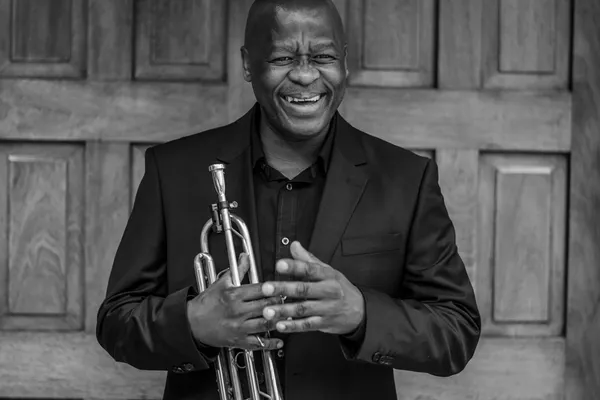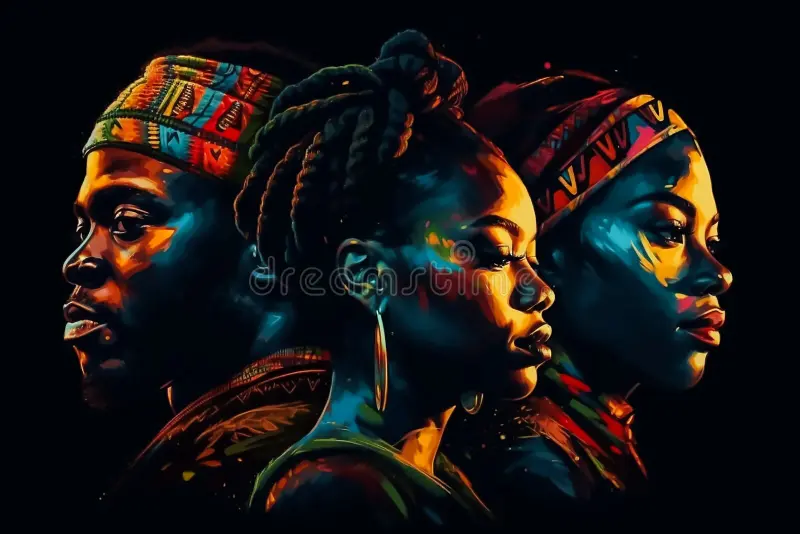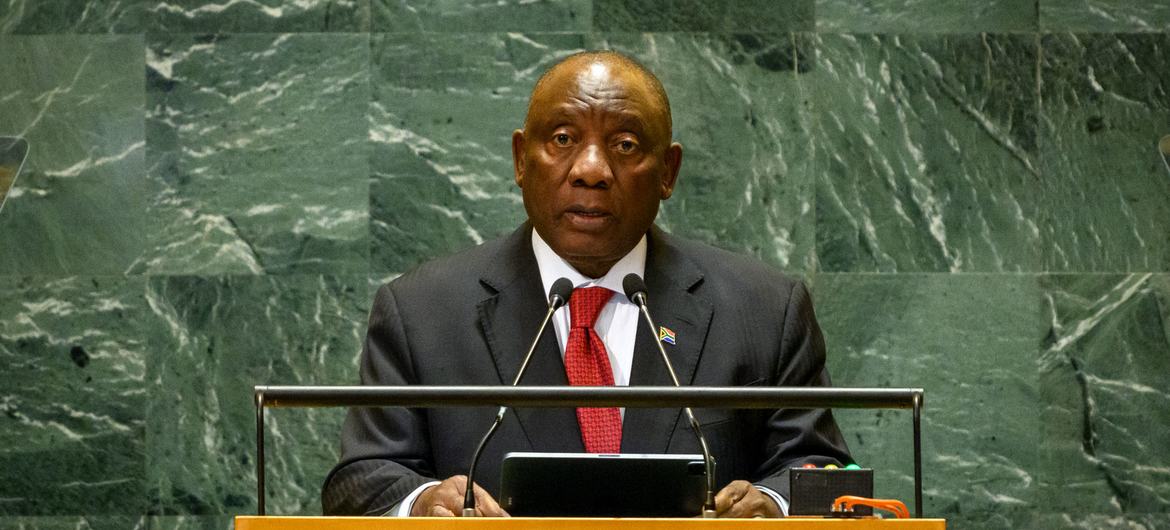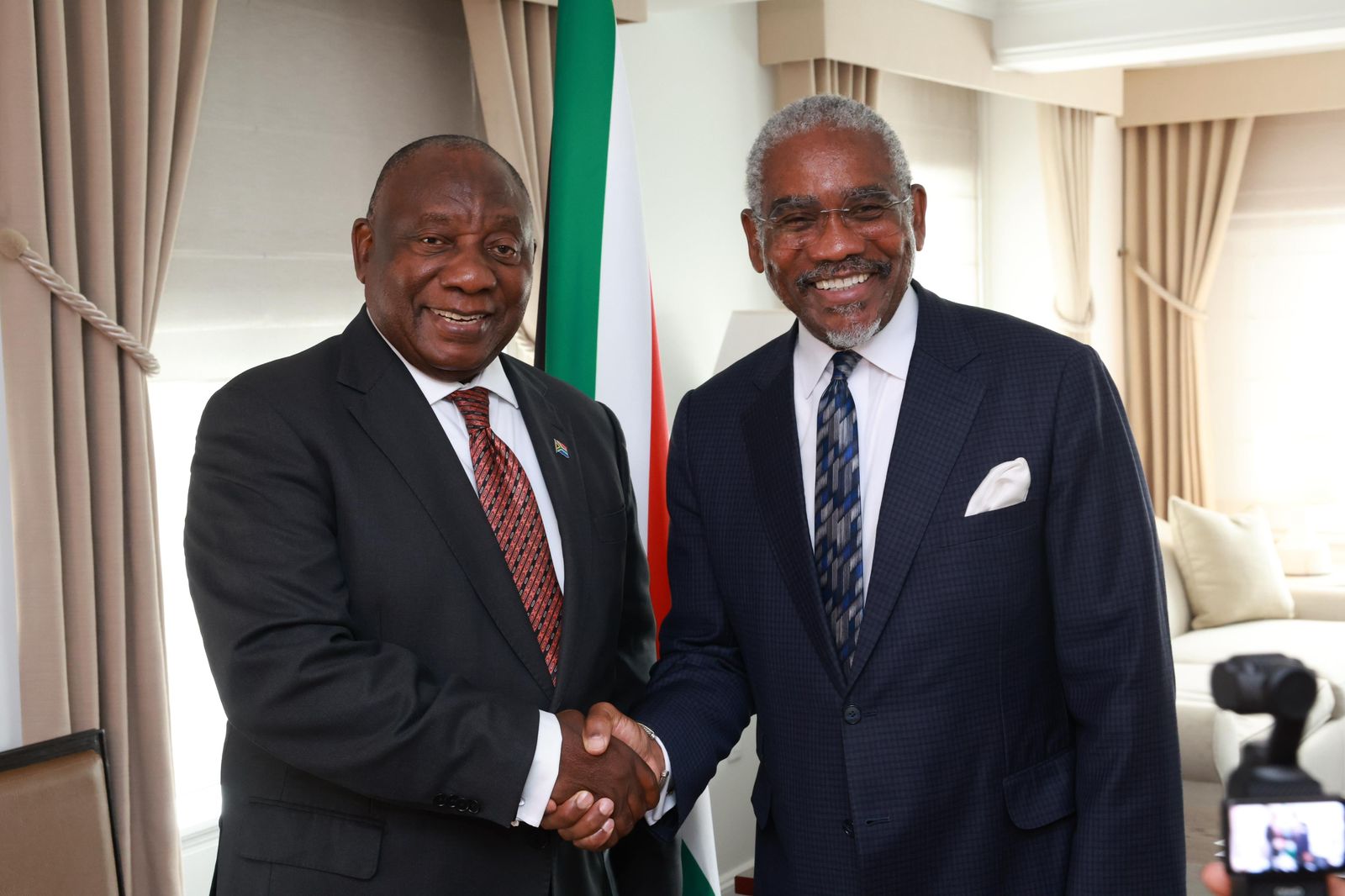On the 27th of July 2025, South Africa commemorates the centenary of one of its most compelling cultural figures. Kippie Moeketsi. Affectionately known as “South Africa’s Charlie Parker.” Yet Kippie was far more than a local imitation of an American great. He was a revolution in tone, mood, and being. He was the soul of a
movement, a mentor to giants, a flame in the dark days of apartheid that refused to be extinguished. In honouring him, we do not merely remember a man, we invoke the spirit of an entire generation of jazz luminaries who shaped South African music into a globally resonant art form.
As we stand at the crossroads of remembrance and revival, we must acknowledge not only Kippie’s indelible influence but also the long arc of jazz in South Africa: from the smoke-filled clubs of Sophiatown and the dusty train stops of Mamelodi to the international stages of Montreux and Montmartre. This is a story of defiance, improvisation, and beauty. A century-long symphony still being written.

Kippie: The Man, The Myth, The Mentor
Born on July 27, 1925, Jeremiah “Kippie” Moeketsi emerged from the cauldron of Johannesburg’s slums, where poverty, political tension, and artistic hunger brewed a unique cultural soup.
In the townships, they called him Rolling Stone, a nod to his restless genius and untamed spirit. But the streets softened the phrase, turned it into something deeper, more ancestral: Morolong. A name that rang out in smoky clubs and shebeens, not merely as a nickname but as praise. Yet, those who knew the roots knew better, Morolong was borrowed; the true bloodline was Mokubung, of the Batlhaping, the Royal clan whose sons’ carried music in their marrow. Thus, Kippie wasn’t just a rolling stone he was a living praise poem, a saxophone psalm, a Mokubung griot with lungs full of storm and soul.

By the 1940s and ’50s, he was already a towering figure in the evolving jazz scene. As a self-taught alto saxophonist, he was known for his flawless phrasing, sharp intuition, and searing emotional depth. He didn’t just play the saxophone; he told the story of a nation searching for itself.

Kippie was a founding member of the Jazz Epistles, South Africa’s first significant bebop ensemble. Alongside Abdullah Ibrahim (then Dollar Brand), Jonas Gwangwa, Hugh Masekela, and others, the Epistles crafted a distinctly South African voice in jazz. Drawing from marabi, kwela, and township blues while engaging the harmonic complexity of American bebop. They were not merely copying; they were re-imagining. Kippie was the heart of that reimagination, injecting each phrase with a combination of rage and tenderness, discipline and rebellion.
Despite his brilliance, Kippie’s career was plagued by personal turmoil. Alcoholism, mental health struggles, and the pressures of living under a repressive regime that stifled both black expression and black excellence. He died in relative obscurity in 1983, having been largely abandoned by the public and the industry. But his legacy
lived on in the playing styles of countless saxophonists, in the spiritual tenor of South African jazz, and in the unrelenting truth of his sound.

The Brotherhood of Brass and Breath
To speak of Kippie is to speak of the brotherhood and sisterhood of South African jazz. The lineage is neither accidental nor fragmented. It is organic, generational, and evolutionary. He rubbed shoulders with and mentored the likes of Hugh Masekela, Jonas Gwangwa, Makhaya Ntshoko, Dudu Pukwana, Chris McGregor, Louis Moholo-Moholo, and Barney Rachabane. All of whom took the essence of South African jazz to world stages. Some went into exile, carrying the lament of home in their horns and the memory of Kippie in their melodies. Others remained, carving sonic spaces of resistance amidst oppression.
The recent passing of Louis Moholo-Moholo, the last surviving member of the legendary Blue Notes marks the end of an era. A drummer of immense subtlety and force, Louis was a direct spiritual and musical descendant of Kippie. He, too, refused to be broken by exile or hardship. His rhythm carried decades of pain, joy, and protest. In laying him to rest, we are not burying the music, we are planting the seed of reflection, reminding ourselves of the roots from which new generations must grow.

The Continuum: From Kippie to Feya Faku and Beyond
The younger generation has not stood idle. They have not forgotten. Musicians like Feya Faku, Nduduzo Makhathini, Sibusiso Mashiloane, Linda Sikhakhane, Thandi Ntuli, Tumi Mogorosi, and many others have taken the torch and run with it. In the phrasing of Faku’s flugelhorn, one can hear echoes of Kippie’s sorrow and resilience. In Makhathini’s piano meditations, there is a deep ancestral pull calling back to sonic traditions that predate jazz yet are reborn within it. South African jazz is no longer a pale cousin of its American counterpart. It has found its posture, its own theology, its own mythos. It no longer asks for recognition. It demands it. Kippie made that possible.

Khaya Mahlangu: The Keeper of the Flame
It would be folly, almost sacrilege, to mark this centenary and not call the name Khaya Mahlangu. Khaya, that gentle giant of the horn, is one of the most gifted and graceful saxophonists to walk the lineage Kippie laid down. In him, you hear the wisdom of the elders and the curiosity of the young. He is not merely a successor; he
is a keeper of memory. When Khaya lifts his horn, Kippie breathes again. The old soul lives in his embouchure, and yet he plays not as a mimic but as a master. Always evolving, always listening to the spaces between the notes. Khaya is living proof that a great tradition does not freeze, it flowers.

Jazz as Memory and Resistance
For many in the world, jazz is about form, complexity, and improvisation. In South Africa, it has also always been about memory and resistance. It was the soundtrack to forced removals, the whisper behind closed doors in townships, the cry for dignity in a country that tried to erase black genius. Jazz clubs were not just
entertainment spaces; they were underground chapels of cultural affirmation.
Artists like Kippie and his peers taught us that jazz was not only about escaping the blues but transforming them. They showed that to swing is to survive, that to improvise is to outwit the structures designed to destroy you. As the state sought to mute black voices, jazz screamed. When language failed, the horn spoke. When the
world turned its back, jazz insisted on being seen and heard.

Global Reverberations
The world noticed. From Carnegie Hall to Copenhagen, South African jazz has travelled and triumphed. Hugh Masekela’s Stimela, Abdullah Ibrahim’s Mannenberg, and Miriam Makeba’s anthems all bear traces of Kippie’s influence, even if indirectly.
The jazz diaspora owes a spiritual debt to the small clubs and stoops of Sophiatown, where the earliest iterations of this music danced with possibility. In exile, the music became both home and protest. In freedom, it has become ritual and reminder. Today, South African jazz is studied in universities, played in international festivals, and sampled in contemporary music. But more importantly, it is lived. In Sunday morning jam sessions. In street parades. In the ever-evolving music coming from Jozi’s inner city or Cape Town’s townships.

A Centenary of Sound and Soul
To celebrate Kippie’s 100th birthday is not to indulge in nostalgia. It is to call the present to account. What are we doing to honour our jazz ancestors? What are we doing to nurture the next Kippie, the next Gwangwa, the next Mankunku? Are we building spaces for young artists to experiment, to fail, to find themselves? Are we
recording and archiving the stories, the sounds, the subtle genius of this moment? Or are we once again waiting to honour them only in death? Let this centenary be a challenge, not only to the nation but to its institutions. Jazz is not dead; it is neglected. It does not need resuscitation; it needs recognition and investment.

In the Spirit of Kippie
To play like Kippie was to open a wound and pour beauty into it. To listen to him now is to feel history at your fingertips, to sense the ghosts dancing just behind the melody. As we mark 100 years since his birth, we must make a collective vow: to listen more deeply, to honour more intentionally, and to pass the baton more consciously.
In the words of the late Bra Hugh: “Kippie was our conscience. When he played, he made us weep for the world we had lost, and the world we still hoped to create.”
So let the horns wail. Let the drums thunder. Let the notes rise from the ashes of memory.
Happy 100th, Kippie Moeketsi.
The band plays on.


















2 Responses
Sublime,eclectic, incisive brilliant compendium on Bra Kippie,however otther picture attributes are incorrect as that of Bra Stompie Manana referred as Kippie. Well done Koka
What a fantastic exposition and homage to Kippie and other jazz pioneers! Thank you!